
Images of a New National Park: Pinnacles National Monument
A new national park
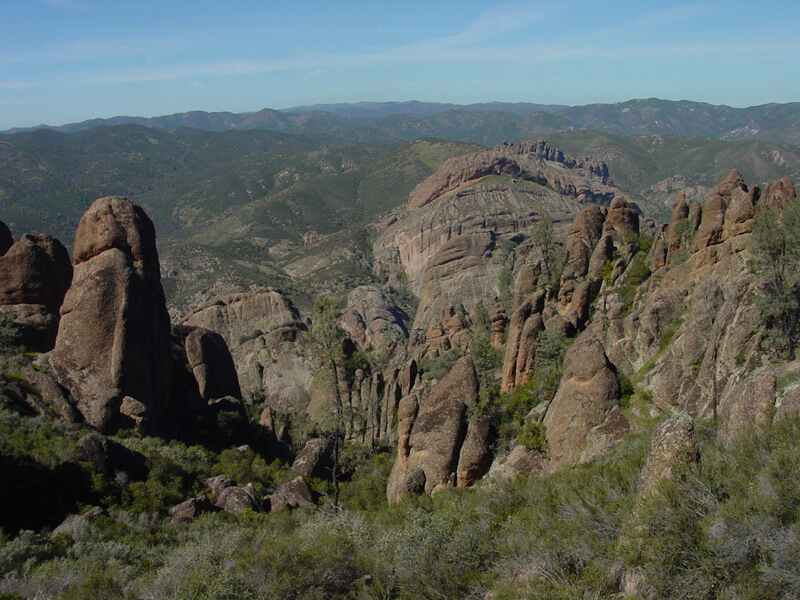
Home to endangered black condors nesting in iconic volcanic rocks, California's Pinnacles National Monument is set to become America's newest national park.
The park's spectacular pinnacles are half of an eroded volcano. The matching half lies 195 miles (314 kilometers) to the southeast, on the other side of the San Andreas Fault. The 1976 discovery of the 23-million-year-old split volcano provides a unique geologic marker of offset along the fault.President Theodore Roosevelt established Pinnacles National Monument in 1908, to preserve its massive monoliths and wildlife. The giant spires are now a popular rock climbing destination.
Knobs and Spires
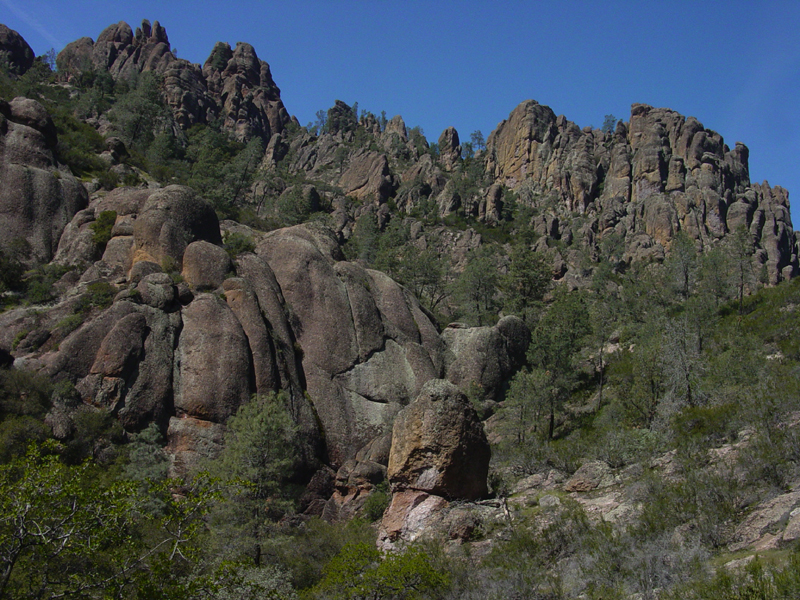
Rounded knobs and pinnacles rise above Condor Gulch in Pinnacles National Monument. Weathering of volcanic rock gives rise to the park's unique landscape.
Rhyolite cliffs
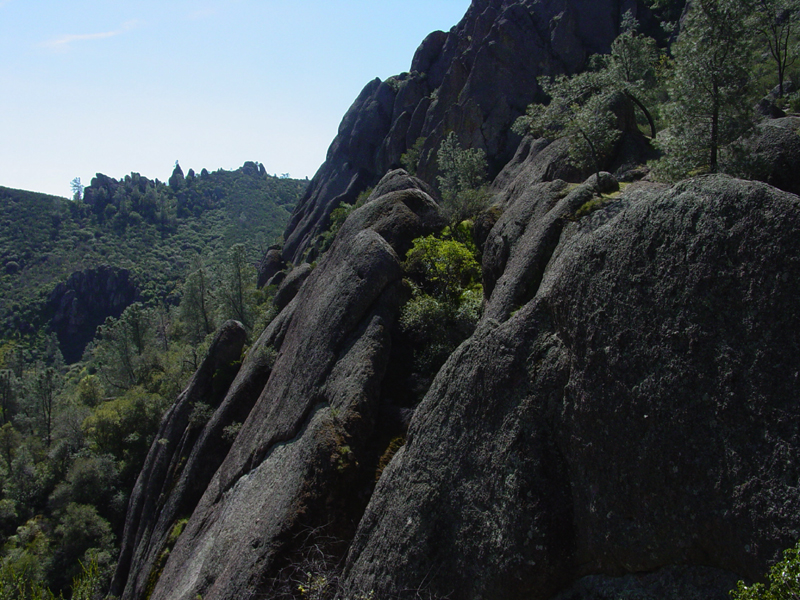
Rhyolite cliffs near the falls along the Condor Gulch Trail in Pinnacles National Monument. Rhyolite is a volcanic rock similar to granite in composition (mostly the minerals quartz and feldspar).
Pinnacles from space
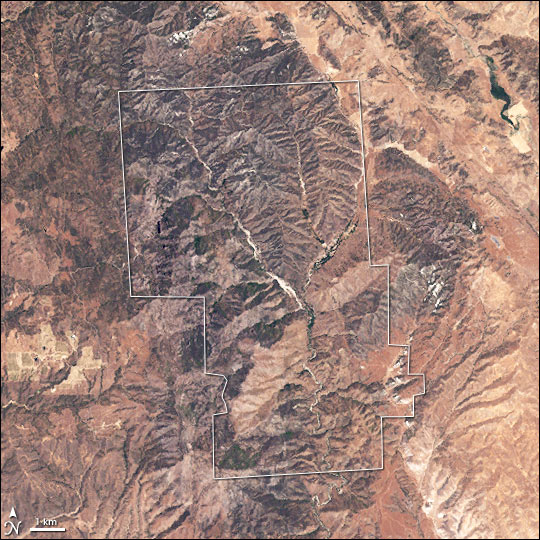
A Landsat satellite image of California's Pinnacles National Monument, set to become America's newest national park. The image was snapped in June 2008, when vegetation in the arid landscape was yellow and brown. The San Andreas Fault is the linear feature crossing the northeast corner of the image, just beyond the park boundary.
Hawkins Peak
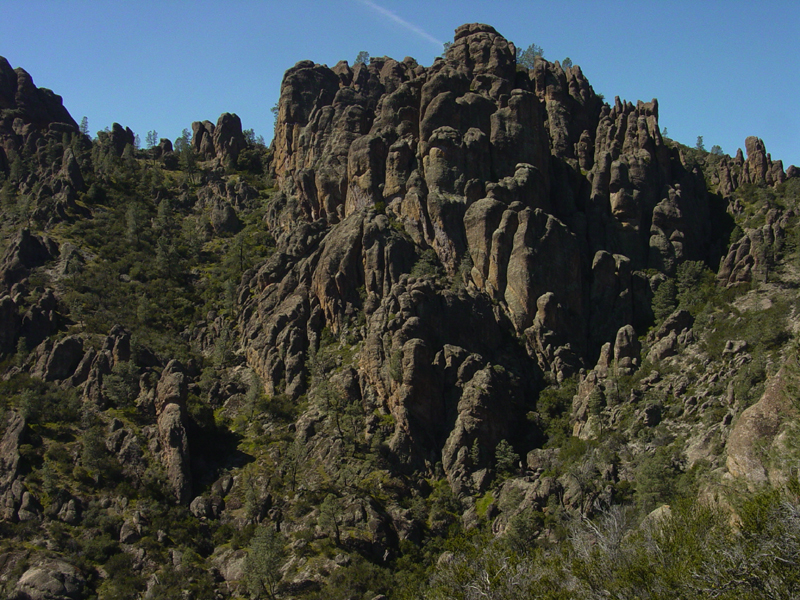
Hawkins Peak as seen from the Condor Gulch Trail in Pinnacles National Monument in California. Rocks in the High Pinnacles area formed from explosive-style volcanic eruptions.
Barren pinnacles
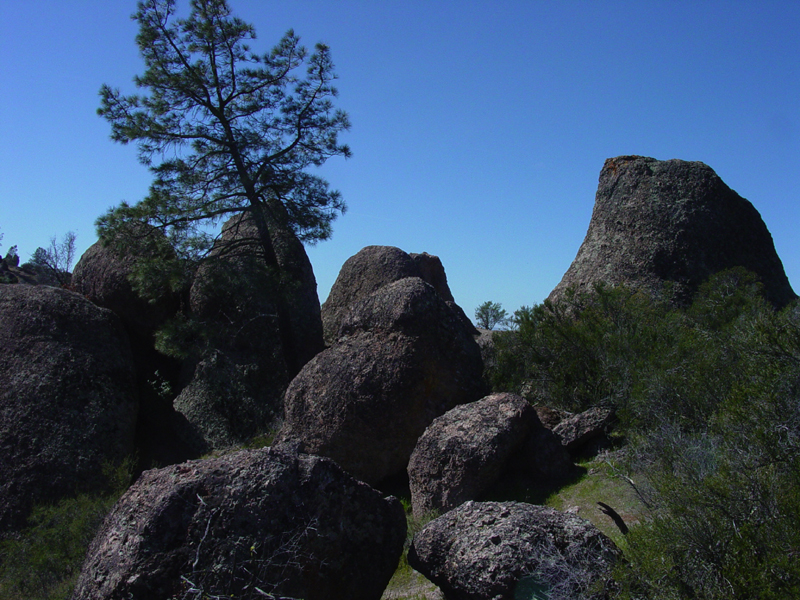
Pinnacles form when erosion at the surface removes weathering material before it can form soil, leaving the rocks exposed. This pattern is common in semi-arid regions with Mediterranean climates like California's Coast Ranges, home to Pinnacles National Monument.
Tilted rocks

A north-facing view from the High Pinnacles toward Balconies Cliffs in the distance in California's Pinnacles National Monument. The formerly horizontal rock layers have been tilted by geologic forces.
Sign up for the Live Science daily newsletter now
Get the world’s most fascinating discoveries delivered straight to your inbox.
Bear Gulch Cave
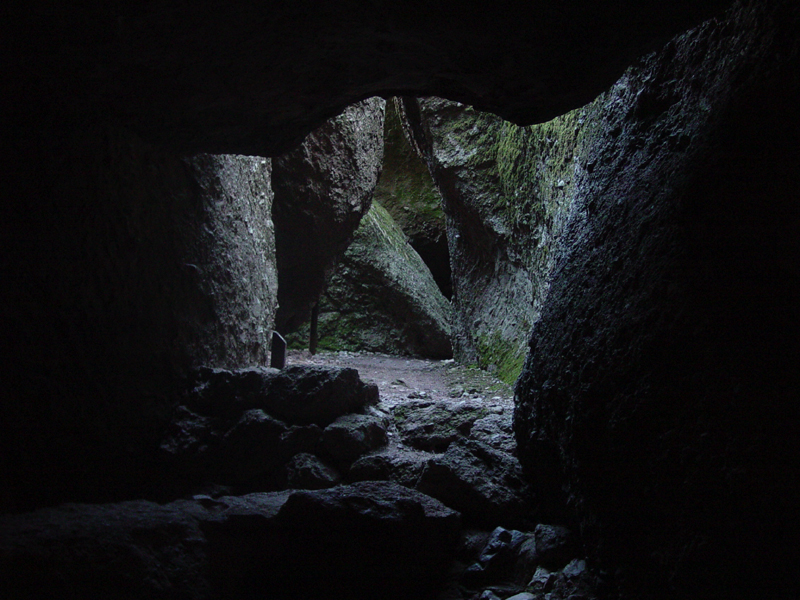
Bear Gulch Cave in Pinnacles National Monument consists of passages between large boulders of volcanic tuff. The giant blocks and boulders of volcanic rock that cover the creek bed (creating the cave) may have collapsed from the slopes above during rockfalls and landslides.
Condor at sunset
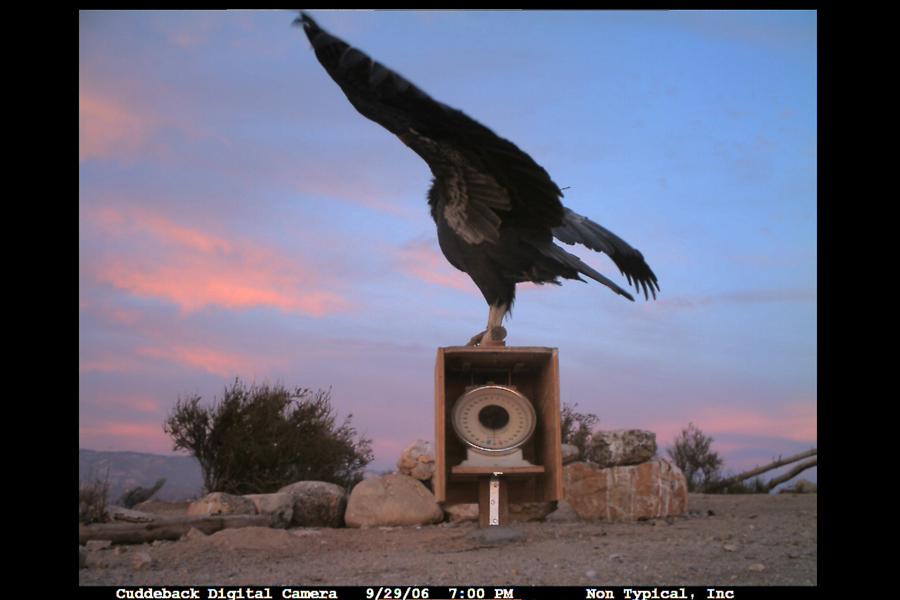
A condor stretches its wings at sunset in Pinnacles National Monument. The camera trap and scale helps park biologists monitor the health of the endangered birds.
I see you
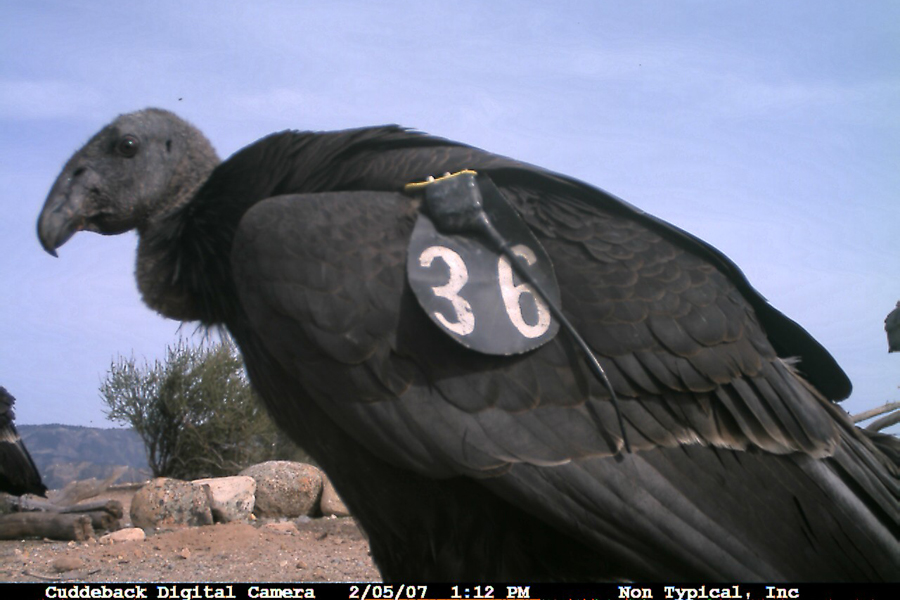
A condor eyes a hidden camera at Pinnacles National Monument. The camera is located near a feeding site for the condors. The California park is a release site for the endangered birds, and there are 32 free-flying condors within its boundaries. The condor pictured here died from lead poisoning in 2008.
Perch battle
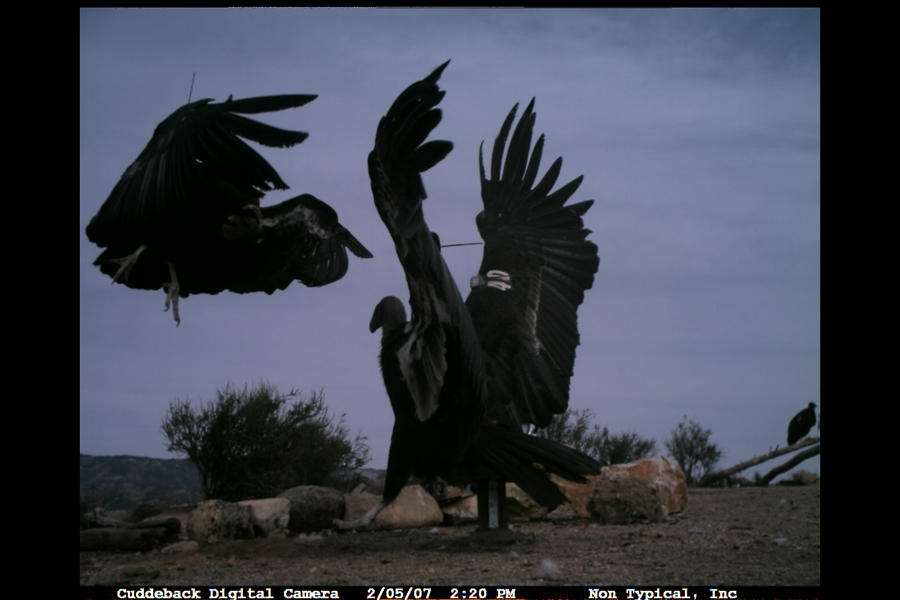
Two condors caught at a camera trap installed at Pinnacles National Monument. The camera trap has snapped condors fighting for the opportunity to stay on the scale, according to the National Park Service. Condor 40, seen on the ground, was one of the most active and aggressive males when he arrived at the park, the park service said on its website.











